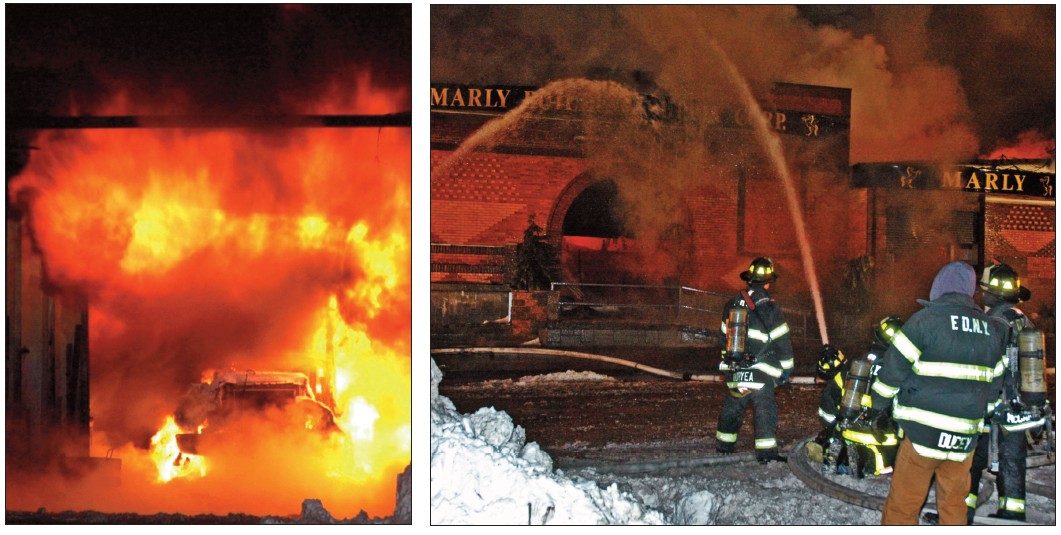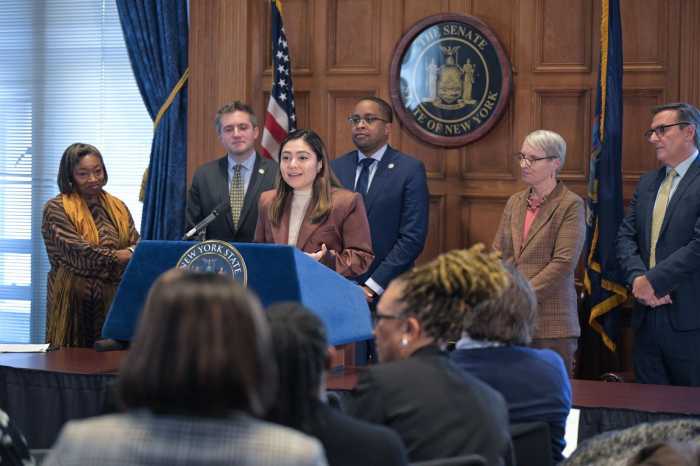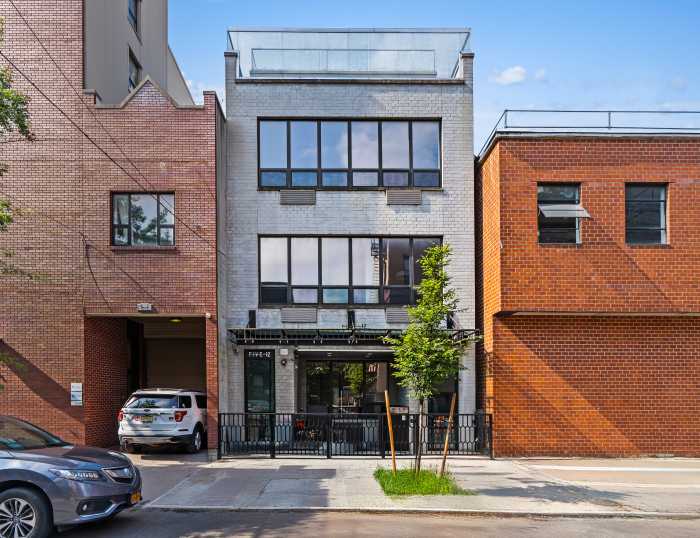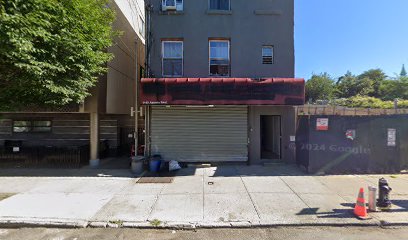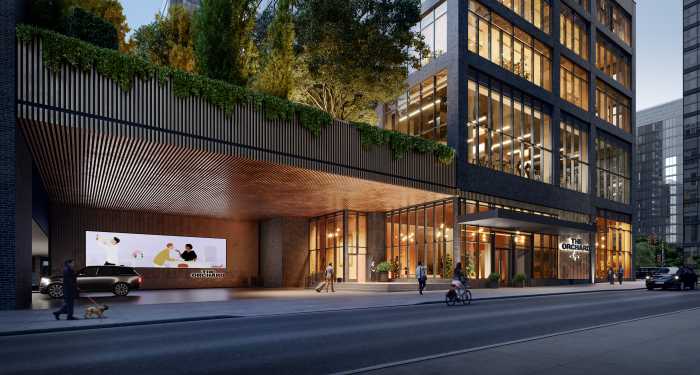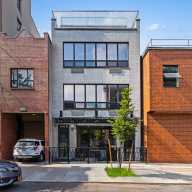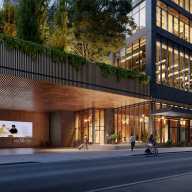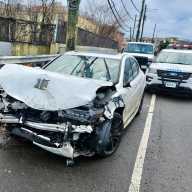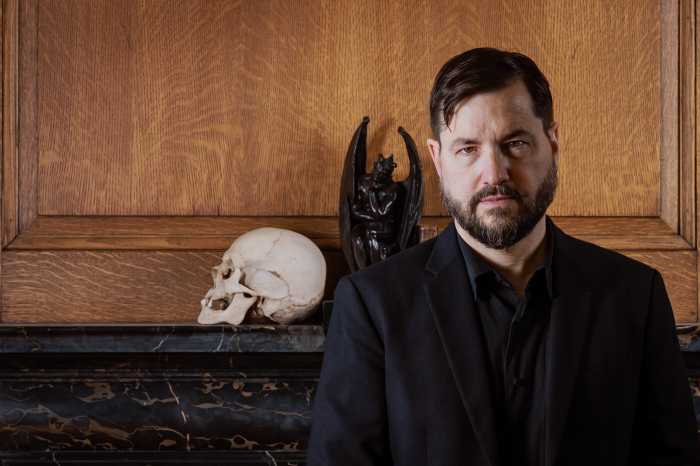Board 2 Approves LIC Improvements
Community Board 2 recommended during its meeting last Thursday, Sept. 4, at Sunnyside Community Services a Department of Transportation (DOT) proposal to alter several Long Island City streets near Court Square and Queens Plaza.
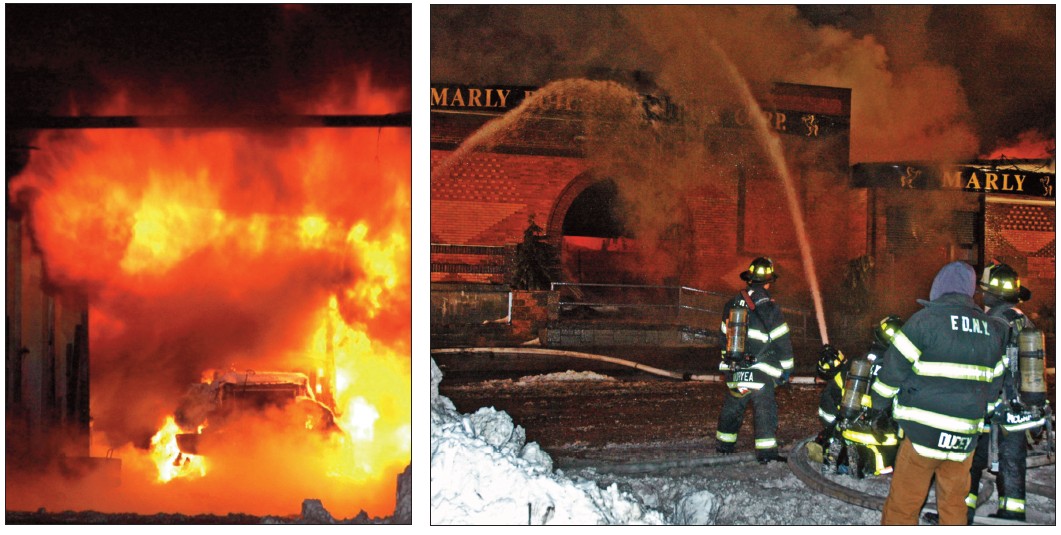
Dubbed the Hunter/Crescent streets triangle because of it’s shape, the DOT plans to make significant changes to several roads generally bounded by Crescent and Hunter streets, 44th Drive and Queens Plaza South in Long Island City. Long crossing distances, merging conflicts between vehicles, excessively wide streets and pedestrian islands that are too narrow currently create dangers to both drivers and pedestrians, the DOT noted in its proposal
Board 2 voted to recommend the plan, and attached one condition to its vote: That a left turn signal be installed at 44th Drive and Hunter Street.
Agency officials have surveyed the area with members of the LIC Partnership, and identified several street safety concerns, according to the DOT. The Department of Health & Mental Hygiene also requested pedestrian improvements and a bike-path connection from the Court Square subway station to Queens Plaza South, it was noted.
Additional requests from the community asked for improvements to the crossing at Hunter Street and 43rd Avenue, the DOT stated.
After they were made, “we developed a proposal and now are presenting it to the stakeholders,” said Sean Quinn, co-director of the Pedestrian Projects Group at the DOT.
In the presentation to Board 2 he said pedestrians have trouble crossing streets in the triangle area, and the DOT has made some changes, but more work is needed.
Quinn noted that safety improvements from the DOT rapid response toolkit were applied which included painted and or textured surfaces, pedestrian islands, pavement markings, updated signage and flexible delineators between streets
Additional alterations will include a ban on turns for trucks of over 30 feet, but this “wouldn’t be an impact to many users of the street,” Quinn said, because not that many large trucks use the route to begin with. The proposal was first presented on Mar. 18, to the Community Board 2 Transportation Committee, it was noted
Safety issues including a merging conflict at the intersection of Crescent and Hunter streets, disjointed circulation at Hunter Street and 43rd Avenue and at Crescent Street and 42nd Road necessitated the DOT proposal to alter the roads, it was noted.
The DOT stated the intersection of 42nd Road, 28th and Hunter streets currently has no crosswalk, a narrow pedestrian island and is too broad for pedestrians to safely cross.
At the intersection of Hunter and 27th streets at 43rd Avenue there are not enough pedestrian connections. The DOT also mentioned a large pedestrian volume uses a long crosswalk at Crescent Street and 44th Drive. Other concerns center around speeding on the wide, one-way Crescent Street.
The proposal would make Hunter and Crescent streets two ways to reduce congestion and increase traffic flow, the DOT plan stated.
Altering Crescent Street allows vehicles to travel directly from 43rd Avenue to Queens Plaza South, the DOT said.
The DOT will remove the merge at Crescent and Hunter streets and plans to enlarge the pedestrian safety island, install a new flush center median to calm traffic and paint new lane markings, it was noted.
Proposed changes to 28th and Hunter streets at 42nd Road include a concrete extension that will continue a pedestrian pathway, it was noted.
At the intersection of Hunter, 27th, and Crescent streets at 43rd Avenue to 44th Drive a new, painted sidewalk extension will be used to calm traffic on the wide road, the DOT said. In addition, right turns for trucks will be banned and a painted neckdown will shorten the crossing, according to the DOT.
At Crescent Street and 44th Drive no truck turns will be allowed and new landscaped concrete pedestrian islands will be installed. Because of this work, 12 parking spots within the triangle will be lost, with seven added.
When complete, the proposal benefits will include a simpler road network, safer pedestrian crossings and reduced speeding, according to the DOT.
Emergency preparedness
Manuel Chea, continuity and operations planner at the city Office of Emergency Management (OEM) spoke to the group about preparing for a hurricane or severe tropical storm. He urged residents to create an emergency plan that should include a designated place to meet and a long distance phone number for all family members to call so they can coordinate.
Chea said low lying and coastal areas are more vulnerable to rising waters and flooding, and that residents should search online to find in which of six zones they live.
“For years people said we don’t have hurricanes, there is nothing to worry about,” Chea said. “And then we got hit with Irene.”
June 1 to the end of November is hurricane season in the region, and historically the greatest potential for hurricanes in the city occurs from August through October, Chea noted.
The OEM coordinates response from city agencies to potentially damaging storms, Chea said.
“We manage the interagency response,” he stated.
In the event of a severe storm, a long distance number outside of New York City area codes is valuable because telephone lines may become damaged and high volumes of calls can overwhelm the system, Chea said.
Prior to Hurricane Sandy, the most vulnerable zones were ranked with the letters A, B and C. The zones are now numbered one through six, with zone one being the most likely to flood, according to OEM.
Of the new designations, “it makes it more flexible,” he said.
Residents can get targeted alerts for their ZIP code online and can register up to five ZIP’s, he noted.
Board 2 member Carol Terrano asked about the city process in dealing with residents that need emergency shelter. Chea said residents will be brought to an evaluation center and then directed to a shelter. Pet fiendly facilities do exist, he added.
A phenomenon known as “New York Bight” can magnify a hurricane’s effects on the land, according to the OEM.
“The New York Bight occurs because the New York and New Jersey coastlines meet at a right angle,” the agency noted.
As during Hurricane Sandy, the bight can “guide a storm surge directly into the city, amplifying flooding and related damage,” according to OEM.
* * *
Community Board 2 meets on the first Thursday of each month at Sunnyside Community Services, 43-31 39th St. The next meeting is scheduled for 7 p.m. on Thursday, Oct. 2.

